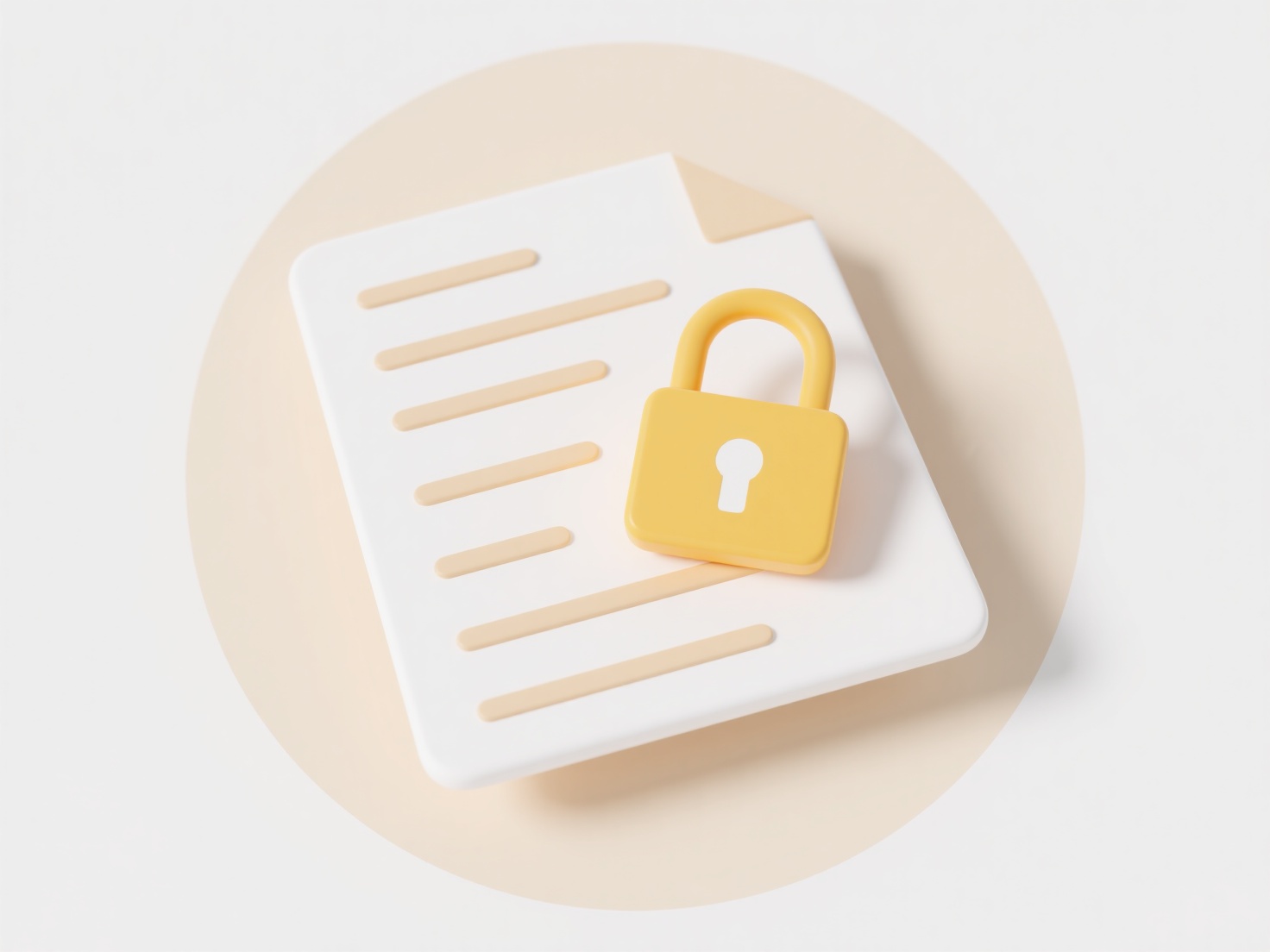
Duplicate files occur when identical copies of data, like photos or videos, are imported from your phone to a computer or cloud storage multiple times. This often happens because the import process transfers the entire camera roll each time, including items already moved previously. To prevent duplication, use software that detects identical files based on content hashing or unique identifiers (like EXIF photo dates) rather than solely comparing filenames or locations. Alternatively, consistently delete transferred files from the phone after verifying their safe arrival on the destination device.

For example, when connecting your phone via USB cable, manually review folders before importing—only select new items created since the last transfer. Major desktop tools like Apple Photos, Adobe Bridge, Google Photos (on desktop), or many backup applications offer built-in options to identify and skip duplicates during import. Third-party tools like 'Duplicate Cleaner Pro' can also scan target folders specifically to find and remove copies originating from phone imports.
Advantages include significant storage savings and avoiding a cluttered, disorganized media library. Limitations involve the time taken for scanning, especially with large libraries, and potential false positives if relying solely on file names. Ethical concerns are minimal, primarily privacy related to file scanning software accessing media libraries. Future improvements likely involve more AI integration within device gallery apps to automatically detect and flag potential duplicates pre-transfer. Consistent use of deduplication settings greatly improves file management efficiency over time.
How do I prevent duplicate files when importing from a phone?
Duplicate files occur when identical copies of data, like photos or videos, are imported from your phone to a computer or cloud storage multiple times. This often happens because the import process transfers the entire camera roll each time, including items already moved previously. To prevent duplication, use software that detects identical files based on content hashing or unique identifiers (like EXIF photo dates) rather than solely comparing filenames or locations. Alternatively, consistently delete transferred files from the phone after verifying their safe arrival on the destination device.

For example, when connecting your phone via USB cable, manually review folders before importing—only select new items created since the last transfer. Major desktop tools like Apple Photos, Adobe Bridge, Google Photos (on desktop), or many backup applications offer built-in options to identify and skip duplicates during import. Third-party tools like 'Duplicate Cleaner Pro' can also scan target folders specifically to find and remove copies originating from phone imports.
Advantages include significant storage savings and avoiding a cluttered, disorganized media library. Limitations involve the time taken for scanning, especially with large libraries, and potential false positives if relying solely on file names. Ethical concerns are minimal, primarily privacy related to file scanning software accessing media libraries. Future improvements likely involve more AI integration within device gallery apps to automatically detect and flag potential duplicates pre-transfer. Consistent use of deduplication settings greatly improves file management efficiency over time.
Quick Article Links
How do I clear cloud-synced files from my local storage?
Clearing cloud-synced files from your local storage involves removing downloaded copies stored on your computer's hard d...
What is Windows Search Index and how does it work?
Windows Search Index is a background system that creates a catalog of the words and properties within your files and app...
Can I quarantine suspicious shared file activity?
Quarantining suspicious shared file activity isolates risky interactions within shared storage environments, such as cor...